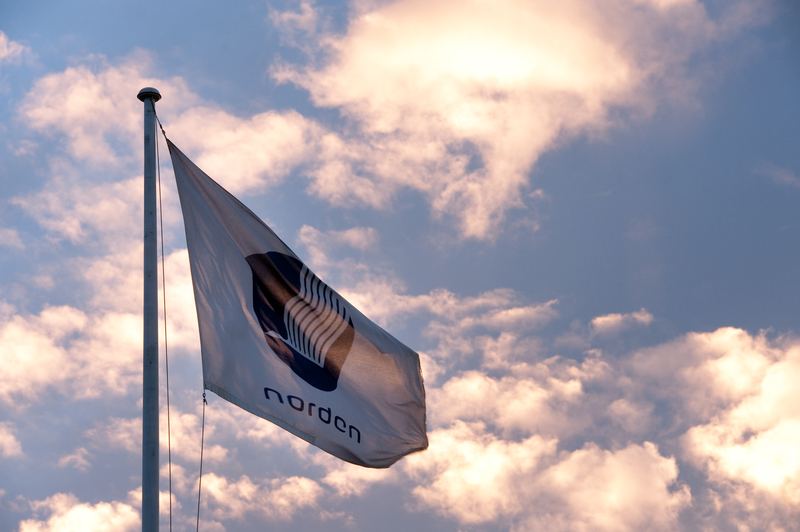Nordic co-operation again highlighted as unique

To date, by studying practical cases and theoretical methods, research had concluded that the common branding of regions consisting of several countries was seemingly impossible. National interests derailed such attempts, making it too difficult to set common goals and convey a clear common message.
“That’s why I was incredibly intrigued when I heard about the success of Nordic branding,” says Alicia who has now completed her bachelor’s degree in communications.
Not only words
The question of why the Nordic region has succeeded is a complex one, but can in part be answered by the fact that there has been no attempt to treat the region like some form of commodity. Like something that can be wrapped up in glossy paper and adorned with a catchy slogan. Goods and services come from places, but an identity is created by people’s actions – how we work together, and with others.
And this is where the key to Nordic success lies. The Nordic region has the conditions in place, namely:
-
Many years of co-operation at the top leadership levels of each country, not just verbally, but through joint action
-
A common historical and cultural identity
Seeing the strength in difference
It would have been easy to highlight only the positive aspects of co-operation and community as part of branding, which shares a number of tools with marketing. And this is precisely what many, unsuccessful attempts have done.
Nordic branding does draw on regional similarities, and core values have been agreed, which can create a single international voice. Yet Nordic branding draws on national differences as well, which are described as factors for success. It is these very differences that can, for example, initiate the exchange of experiences in the hope of finding new and better joint solutions. It is here that new and further multicultural development is seen as an opportunity.
The natural wealth and geographical differences of the Nordic region are other examples of a perhaps surprising strength. They can provide smaller, peripheral areas with a greater opportunity to raise awareness and interest in that region over the area’s economic centres. So, for example, fascination with the Greenland’s icebergs and Iceland’s volcanoes can open doors that ultimately lead to international political and industrial co-operation, and vice versa.
“I think that the fact that you have not tried to create a simple, one-dimensional slogan, but instead looked at the potential of both similarities and differences is a key to your success,” Alicia says.
Giving free reign
Something else that sets Nordic branding apart from that of others is its courage to give free reign. According to the theories that have prevailed until now, it is important that all parties involved in the branding of a region join forces in all respects to develop a single strategy. The Nordic approach formulates both a narrative that everyone involved in these far-reaching branding efforts can feel a part of, and a set of values that everyone supports. It provides advice, not to act as the “wiseacre”, but to listen to the needs of the recipients and share key communication tools – an offer to those who want to be active on a Nordic level. It opens the door to future development.
While Alicia continues to stress the importance of central governance and co-ordination on the part of the Nordic Council of Ministers, she believes that more participants and more voices must be allowed to influence the Nordic narrative. Not least from civil society.
The Nordic co-operation’s upcoming focus on the budget will put this strategy to the test and show how it performs in reality.
“I think it will be fine,” Alicia says. There are many people in the world who are interested in the mystery of the Nordic region, which seems to succeed where others stumble – to co-operate and develop together with others.
Read Alicia Fjällhed’s thesis in Swedish here: http://www.lu.se/lup/publication/5468523